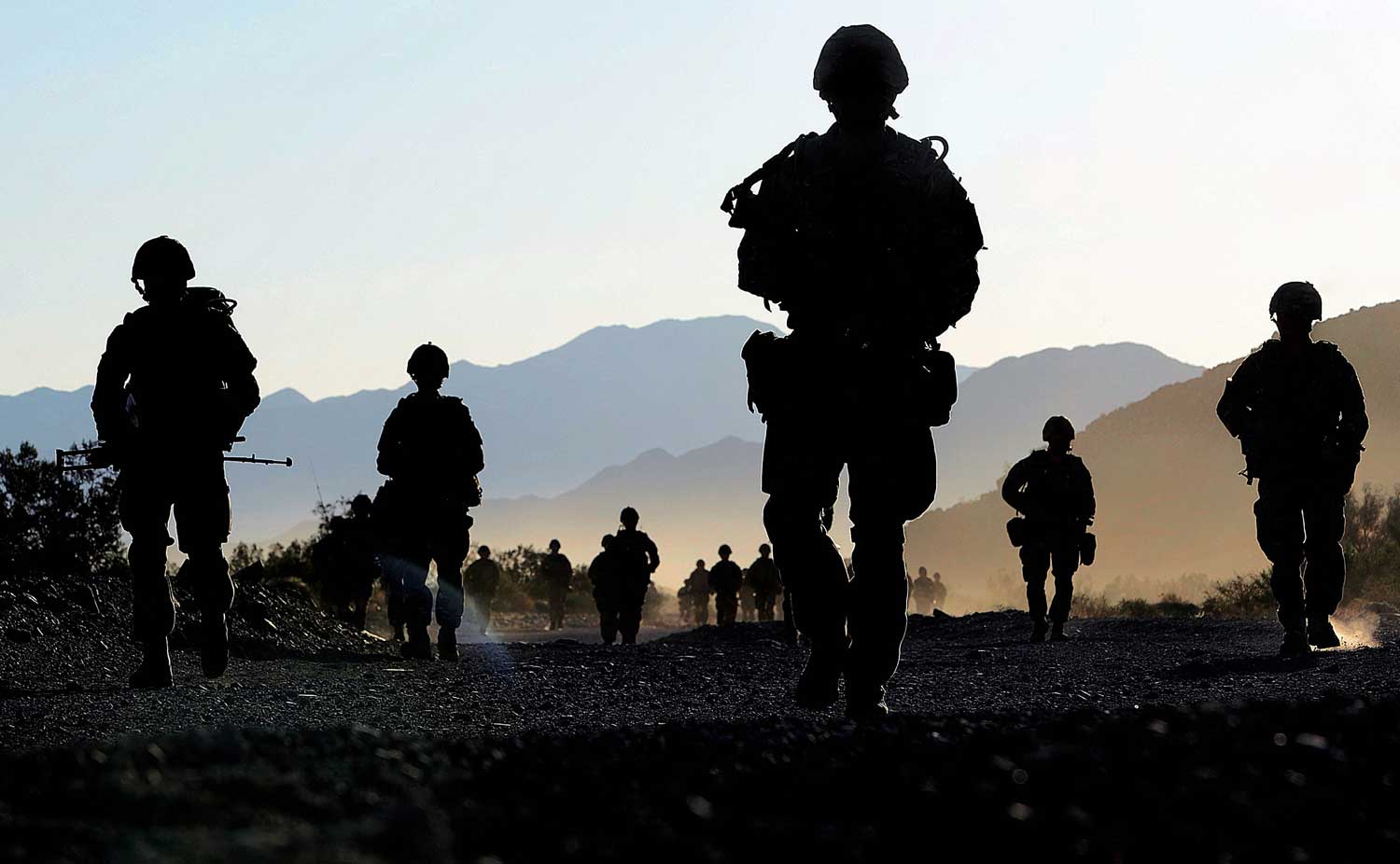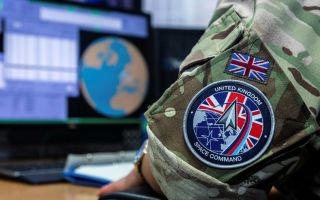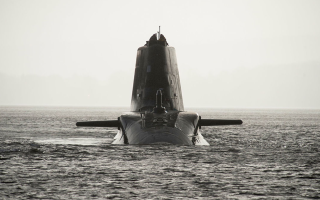
Tri-Service
Regular Armed Forces Shrunk In 2015

The full time trained strength of Britain’s armed forces dropped by more than 5,000 in the year to December.
It highlights the gap between the numbers of people choosing to leave the forces, and those choosing to join.
Across all three services the forces are almost 6,000 people below planned strength. This deficit has grown from 3.5% to 4.1% over the last year.
The figures come from the latest Service Personnel Statistics released by the government, which also gives some positive news on numbers of reservists.
REGULARS
FULL-TIME TRAINED STRENGTH
141,250↓ 5,390 (3.7%)
PEOPLE JOINING REGULAR ARMED FORCES
13,880↓ 1,430 (11.5%)
PEOPLE LEAVING REGULAR ARMED FORCES
18,090↓ 3,370 (15.7%)
RESERVES
STRENGTH OF FR20 VOLUNTEER RESERVE
26,560↑ 2,670 (11.2%)
PEOPLE JOINING RESERVES
8,640↑ 2,710 (45.7%)
PEOPLE LEAVING RESERVES
3,860↓ 910 (19.1%)
(Source: Defence Statistics. Figures for 1st December 2015, compared against 1st December 2014)
After several years of well publicised difficulties in building the reserves, the figures are now all going in the right direction. Recruitment up, departures down, the reserves significantly growing at last.
Because of that growth, the overall strength of UK Forces Service Personnel is up 760 year on year, despite the fall in the numbers of regulars.
Despite the fact regular forces numbers are more than 4% below those set out in official plans, the government says that doesn’t affect military capability.
More from Forces TV: New Pay Model For Armed Forces
In particular the Army is still shrinking from the 2010 defence review, effectively shrinkage is ahead of schedule. It’s not a problem right now, as long as the reductions can be stopped in time.
The MoD points out that recruitment to regular forces has actually increased by 11% over the last year, but ministers have previously acknowledged work is needed on recruitment and retention.
An MoD spokesperson told Forces TV:
“as the economy grows we will face increased competition in recruitment across the services. We are taking significant steps to address this challenge and we will continue to meet all of our commitments at home and abroad.”
The improved figures for the reserves, an integral part of Future Force 2020, and now Joint Force 2025 will be not only welcome to the government, but a relief too after suffering drops in reserve numbers over recent years when they should have been rising.
More from Forces TV: "UK on Course to Have 30,000 Reservists by 2020"
The Minister for Reserves, Julian Brazier, said:
“As an integral part of the UK Armed Forces, Reserves deliver many different capabilities at home and abroad, including operational deployments in Afghanistan and Cyprus, supporting emergencies, such as floods in the UK, or carrying out prestigious guarding duties at the Tower of London.
"Such opportunities highlight the diversity of exciting roles in the Reserves and the skills reservists have and I am delighted to see a steady increase in numbers, with more than 8,600 recruited in the past year – up by 45% compared to the previous year.
“We have set ourselves challenging targets for reinvigorating the Reserve Forces, but today’s figures show significant increases in recruitment which we expect to see reflected in the trained strength over the next year as new recruits pass through their training.”









